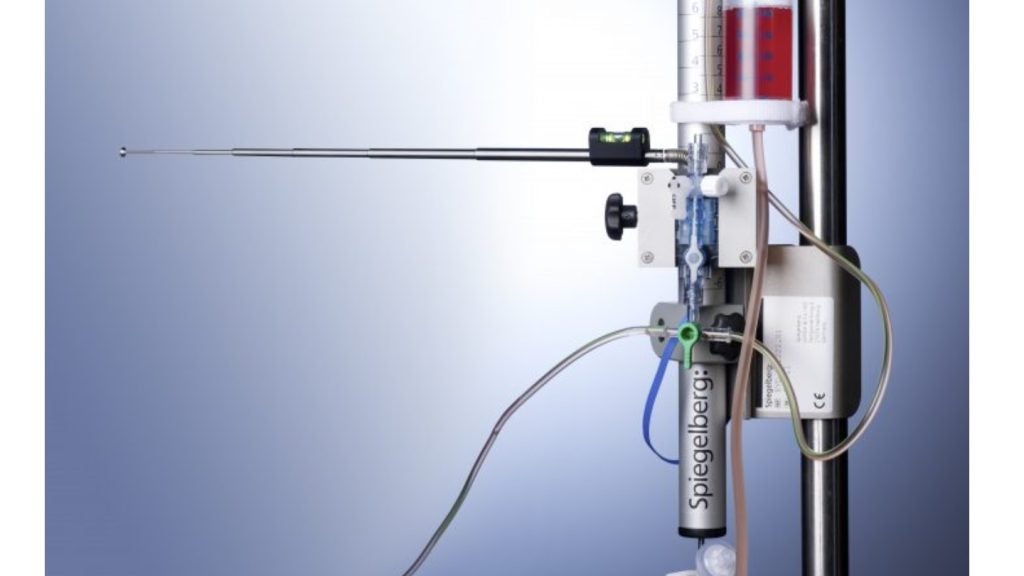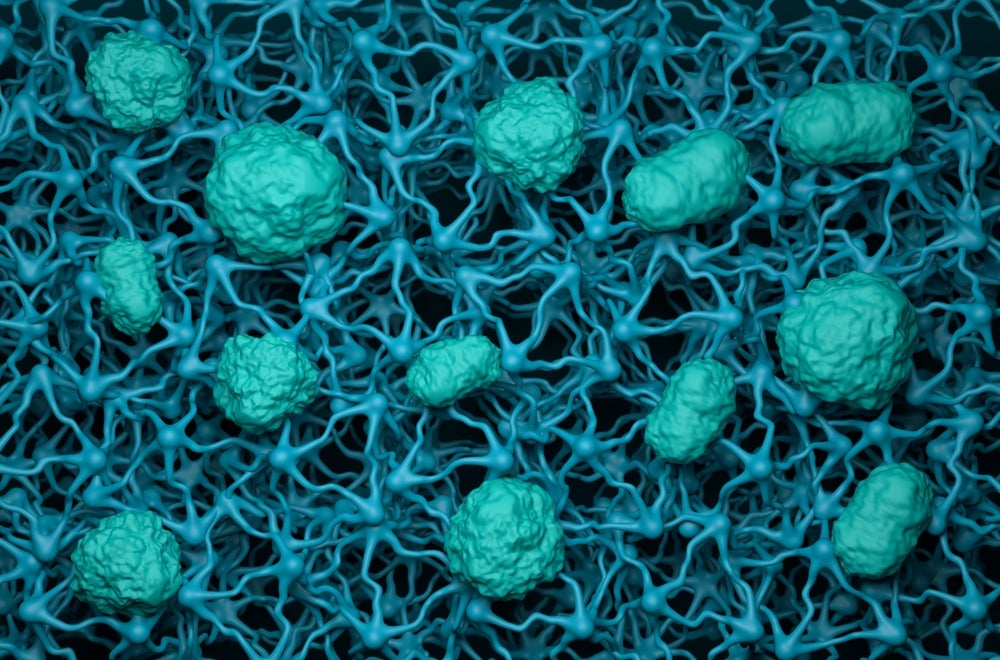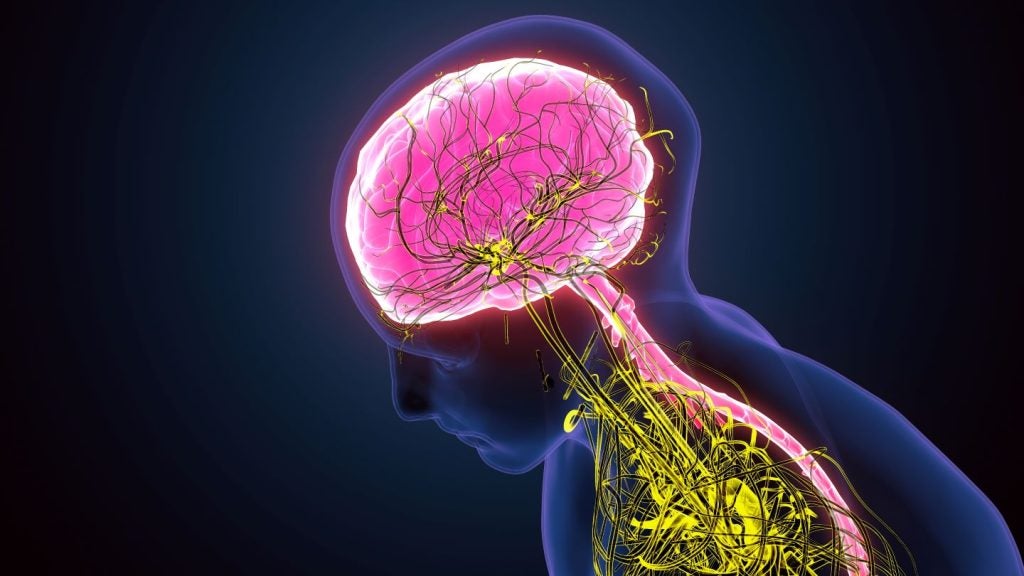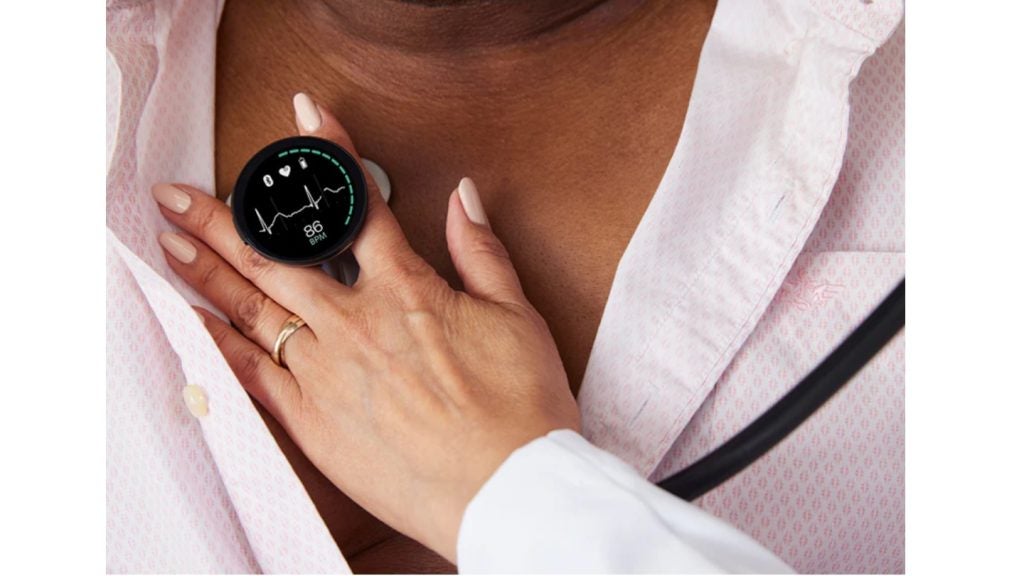The Dr Susan Love Foundation for Breast Cancer Research and privately held technology company QT Imaging, are in the second phase of a study to map the ducts of the breast. The study, fully funded by the National Institutes of Health, is currently under review by the Institutional Review Board (IRB) and is expected to be approved by the end of summer 2023.
Originally named The Santa Barbara Breast Cancer Institute, started in 1983, the Dr Susan Love Foundation, based in the US, takes part in collaborative breast cancer research with non-traditional partners such as QT Imaging.
A surgeon and prominent advocate of preventative breast cancer research, Dr Susan Love became the institute’s medical director in 1995 after the passing of its founder Dr Otto W. Sartorius.
Around 75% of breast cancers are thought to originate in the lining of the breast ducts, however, breast ducts are challenging to map as they are not clearly visible on a mammogram, ultrasound or MRI. The new research aims to map the anatomy during menstruation and outside of menstruation, to better diagnose and treat the disease.
QT’s technology uses a fully automated segmentation, machine learning‐based method to quantitatively assess fibroglandular volumes (FGV), allowing clinicians to determine breast cancer risk and determine response to different treatments.
The research has developed the first 3D printing of the anatomy of the human breast using QT Imaging’s QTscan equipment, which has now received US Food & Drug Administration (FDA) clearance to measure FGV.
US-based QT Imaging, led by CEO Dr John Klock, has created an automated breast imaging system that produces high-resolution transmission ultrasound images.
The next focus for the partnership is to detect cancerous lesions that a mammogram may miss in women with dense breasts. It is estimated that 47% of women have dense breast tissue, which can make it difficult for radiologists to identify cancer on a mammogram, putting these women at higher risk.
Higher breast density is associated with using menopausal hormone therapy and having a lower BMI. Additionally, black women tend to have denser breast tissue than white women. Correctly identifying microcalcifications in the breast duct earlier would allow for consistent and accurate monitoring for better outcomes.
According to the World Health Organisation, over 600,000 women a year die from breast cancer. While mortality has decreased thanks to advances in early screening and diagnosis, it is still a global health threat.
















